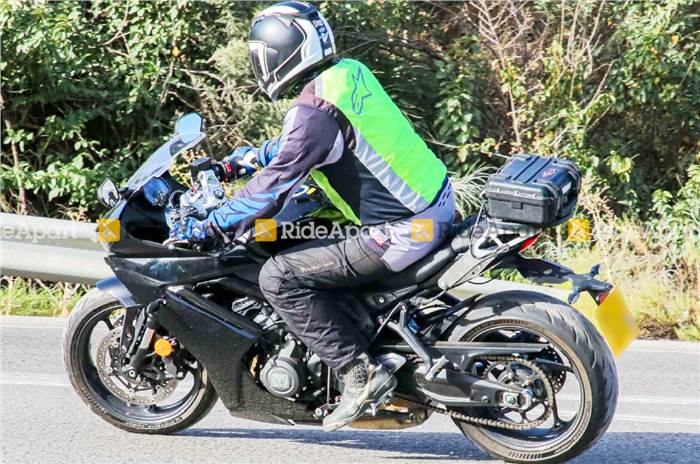Volkswagen will reveal its plans for a new SUV with the
T-Roc concept at the upcoming Geneva motor show.
Revealed in a series of official design sketches, the latest in a long line of high riding concepts from Volkswagen is expected to see production in 2017 as part of a five-strong future SUV line-up.
The new Volkswagen, which will share its underpinnings with the Audi Q1, will face competition from the likes of the Nissan Juke, Vauxhall Mokka and Renault Captur.
The exterior of the T-Roc features what Volkswagen describes as the latest evolution of its SUV styling DNA, and showcases a newly designed grille aimed at providing future Volkswagen SUV models with a more dynamic appearance.
Running the full width of the front end, it also serves to accentuate the width of the new car in a continuation of the horizontal theme seen on other recent Volkswagen models.
Further design features tipped for inclusion on the upcoming production version of the T-Roc include its integrated headlamps, plus the round LED headlamps.
In a move that hints Volkswagen is considering a targa roof function on selected new models, its latest concept also includes a removable roof panel that can be stowed in the boot.
At 4179mm in length, 1831mm in width and 1501mm in height, the T-Roc is 246mm shorter, 23mm wider and a considerable 199mm lower than the Tiguan. Volkswagen also hints at a kerb weight of 1420kg for the production version of its new SUV, which would see it tip the scales 25kg under the current entry-level Nissan Juke.
Underpinning the T-Roc is a variant of Volkswagen’s flexible MQB high-strength steel platform. It sports a wheelbase that is 10mm shorter than that of the existing Tiguan at 2595mm. The suspension combines MacPherson struts up front and a multi-link set-up at the rear, while its large wheelhouses accommodate 19-inch wheels.
Power for the T-Roc comes from the latest evolution of Volkswagen’s familiar turbocharged 2.0-litre four-cylinder common rail diesel engine delivering 181bhp. Drive is sent through a six-speed dual clutch gearbox with remote steering wheel mounted shift paddles and an electro-mechanical multi-plate clutch four-wheel drive system offering three different drive modes: Street, Off-road and Snow.
Volkswagen’s computer simulations point to a 0-100kph time of 6.9sec and a 211kph top speed in street mode, in which the T-Roc’s four-wheel drive system is automatically configured to channel the majority of drive to the front wheels. In off-road and snow modes the drive is apportioned in a nominal 50:50 front-to-rear split for added levels of traction. A similar set-up is envisaged for more powerful versions of Volkswagen’s new compact SUV, with lower powered variants set to get a front-wheel drive set-up as standard. Further off-road highlights include cameras mounted within the headlamps and at the rear, allowing the driver to monitor the terrain via real time video on the central monitor.
Set to join the production version of the T-Roc in an expanded Volkswagen model line-up later this decade will be production versions of the smaller Taigun and larger Cross Blue concepts as well the second-generation Tiguan and a third-generation Touareg.
Also read





Comments
Member Login
Personal Details
No comments yet. Be the first to comment.